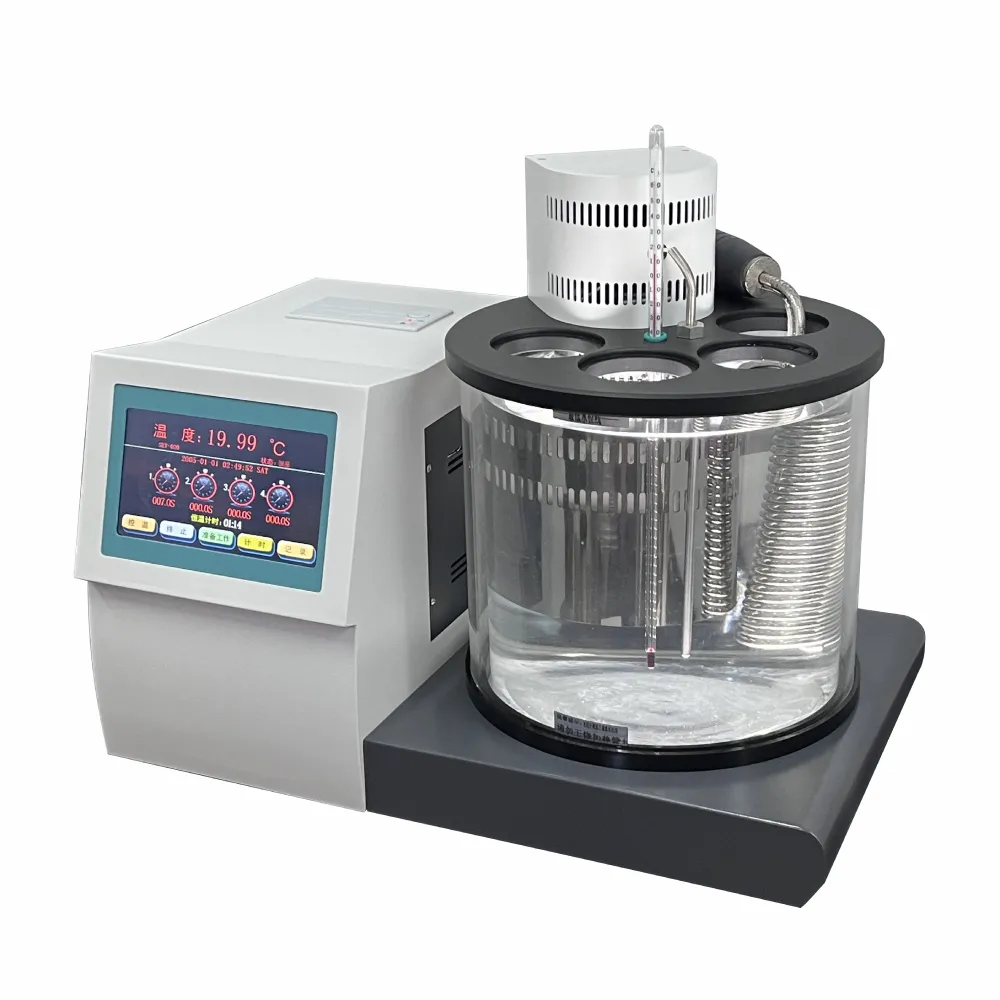 English
English



-
 Afrikaans
Afrikaans -
 Albanian
Albanian -
 Amharic
Amharic -
 Arabic
Arabic -
 Armenian
Armenian -
 Azerbaijani
Azerbaijani -
 Basque
Basque -
 Belarusian
Belarusian -
 Bengali
Bengali -
 Bosnian
Bosnian -
 Bulgarian
Bulgarian -
 Catalan
Catalan -
 Cebuano
Cebuano -
 China
China -
 China (Taiwan)
China (Taiwan) -
 Corsican
Corsican -
 Croatian
Croatian -
 Czech
Czech -
 Danish
Danish -
 Dutch
Dutch -
 English
English -
 Esperanto
Esperanto -
 Estonian
Estonian -
 Finnish
Finnish -
 French
French -
 Frisian
Frisian -
 Galician
Galician -
 Georgian
Georgian -
 German
German -
 Greek
Greek -
 Gujarati
Gujarati -
 Haitian Creole
Haitian Creole -
 hausa
hausa -
 hawaiian
hawaiian -
 Hebrew
Hebrew -
 Hindi
Hindi -
 Miao
Miao -
 Hungarian
Hungarian -
 Icelandic
Icelandic -
 igbo
igbo -
 Indonesian
Indonesian -
 irish
irish -
 Italian
Italian -
 Japanese
Japanese -
 Javanese
Javanese -
 Kannada
Kannada -
 kazakh
kazakh -
 Khmer
Khmer -
 Rwandese
Rwandese -
 Korean
Korean -
 Kurdish
Kurdish -
 Kyrgyz
Kyrgyz -
 Lao
Lao -
 Latin
Latin -
 Latvian
Latvian -
 Lithuanian
Lithuanian -
 Luxembourgish
Luxembourgish -
 Macedonian
Macedonian -
 Malgashi
Malgashi -
 Malay
Malay -
 Malayalam
Malayalam -
 Maltese
Maltese -
 Maori
Maori -
 Marathi
Marathi -
 Mongolian
Mongolian -
 Myanmar
Myanmar -
 Nepali
Nepali -
 Norwegian
Norwegian -
 Norwegian
Norwegian -
 Occitan
Occitan -
 Pashto
Pashto -
 Persian
Persian -
 Polish
Polish -
 Portuguese
Portuguese -
 Punjabi
Punjabi -
 Romanian
Romanian -
 Russian
Russian -
 Samoan
Samoan -
 Scottish Gaelic
Scottish Gaelic -
 Serbian
Serbian -
 Sesotho
Sesotho -
 Shona
Shona -
 Sindhi
Sindhi -
 Sinhala
Sinhala -
 Slovak
Slovak -
 Slovenian
Slovenian -
 Somali
Somali -
 Spanish
Spanish -
 Sundanese
Sundanese -
 Swahili
Swahili -
 Swedish
Swedish -
 Tagalog
Tagalog -
 Tajik
Tajik -
 Tamil
Tamil -
 Tatar
Tatar -
 Telugu
Telugu -
 Thai
Thai -
 Turkish
Turkish -
 Turkmen
Turkmen -
 Ukrainian
Ukrainian -
 Urdu
Urdu -
 Uighur
Uighur -
 Uzbek
Uzbek -
 Vietnamese
Vietnamese -
 Welsh
Welsh -
 Bantu
Bantu -
 Yiddish
Yiddish -
 Yoruba
Yoruba -
 Zulu
Zulu
transformer paper insulation testing
Understanding Transformer Paper Insulation Testing
Transformer paper insulation plays a crucial role in the performance and longevity of electrical transformers. The insulation system, primarily composed of cellulose-based paper, is essential for preventing electrical breakdown and ensuring safe operation. As transformers are critical components of the power distribution network, their reliability hinges on the integrity of their insulation. To maintain operational efficiency and prevent failures, regular testing of transformer paper insulation is imperative. This article delves into the significance, methods, and advantages of transformer paper insulation testing.
The Significance of Insulation Testing
The insulation in transformers serves multiple purposes; it provides electrical isolation between conductive components, minimizes energy losses, and dissipates heat generated during operation. Over time, factors such as heat, moisture, chemical substances, and mechanical stresses can degrade the properties of the insulation paper, leading to increased electrical stress, reduced dielectric strength, and potential catastrophic failures. Regular testing helps identify and quantify degradation, ensuring that transformers operate within safe parameters.
Methods of Insulation Testing
There are several methods employed in the testing of transformer paper insulation, each designed to assess different aspects of the insulation's condition. The most common methods include
1. Dissolved Gas Analysis (DGA) This technique analyzes the gases dissolved in the transformer oil, which can indicate insulation breakdown. Certain gases, such as acetylene and ethylene, are byproducts of thermal or electrical failures and can signal underlying insulation issues.
2. Partial Discharge Measurement (PDM) Partial discharges are localized dielectric breakdowns within the insulation. Monitoring for partial discharge activity helps identify weaknesses and areas susceptible to further deterioration.
transformer paper insulation testing

3. Insulation Resistance Testing This method involves measuring the resistance of the insulation to direct current (DC) voltage. A drop in resistance can indicate moisture ingress or other forms of insulation failure.
4. Power Factor Testing The power factor method assesses the quality of the insulation by measuring energy losses in the insulation material when subjected to an alternating voltage. A high power factor reading may suggest insulation aging or impurities within the insulation.
5. Thermal Imaging Using infrared cameras, experts can visualize temperature variations on transformer surfaces. Abnormal hotspots can point to insulation failure or electrical issues.
Advantages of Regular Testing
Conducting regular transformer paper insulation testing offers numerous advantages. Primarily, it enhances the reliability of transformer operation and reduces the likelihood of unexpected failures. By identifying potential issues early on, organizations can perform timely maintenance or upgrades, optimizing transformer performance and extending its lifespan.
Moreover, effective testing aids in compliance with industry standards and safety regulations. Adhering to best practices in insulation testing not only enhances operational safety but also minimizes risks associated with transformer failures, such as fires or outages.
Conclusion
In summary, transformer paper insulation testing is fundamental to the effective management of electrical transformers. By employing a variety of testing methods, utility companies and maintenance teams can proactively monitor insulation health, ensuring transformers operate safely and efficiently. As the demand for reliable power distribution continues to grow, the importance of thorough insulation testing cannot be overstated. Investing in these testing methodologies ultimately translates to a safer, more dependable electrical grid, capable of meeting contemporary energy needs.
-
Using Distillation Range Testers in the Food and Beverage IndustryNewsApr.16,2025
-
The Impact of IoT on Distillation Range Tester PerformanceNewsApr.16,2025
-
The Best Distillation Range Testers for Extreme ConditionsNewsApr.16,2025
-
How Distillation Range Testers Save Time and MoneyNewsApr.16,2025
-
Distillation Devices for Advanced Separation TechniquesNewsApr.16,2025
-
Common Mistakes to Avoid When Using a Distillation Range TesterNewsApr.16,2025



